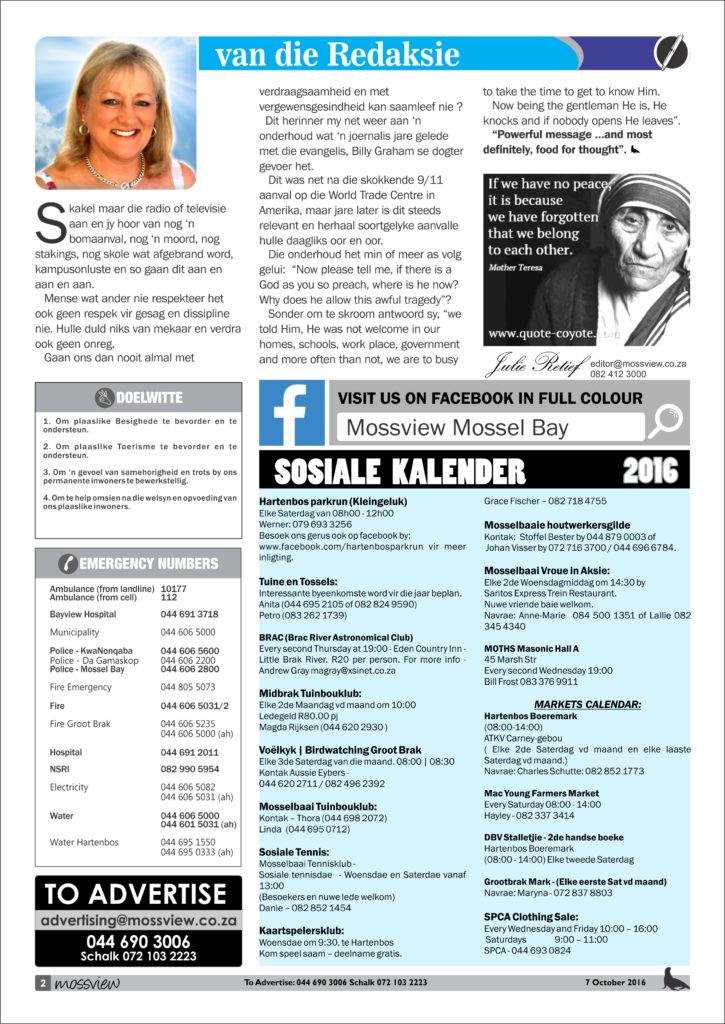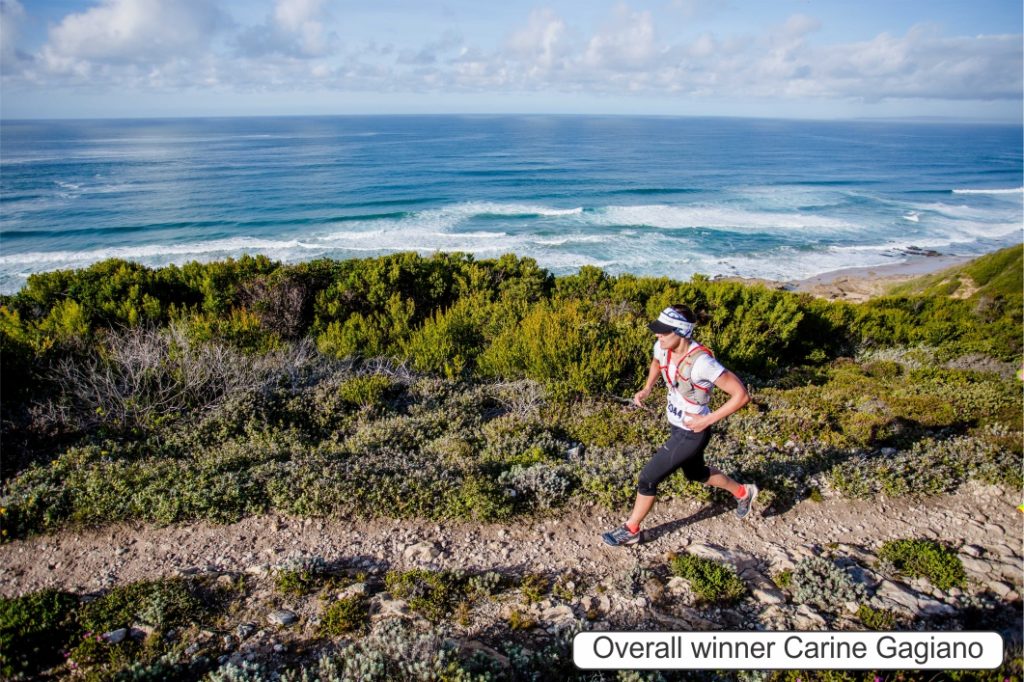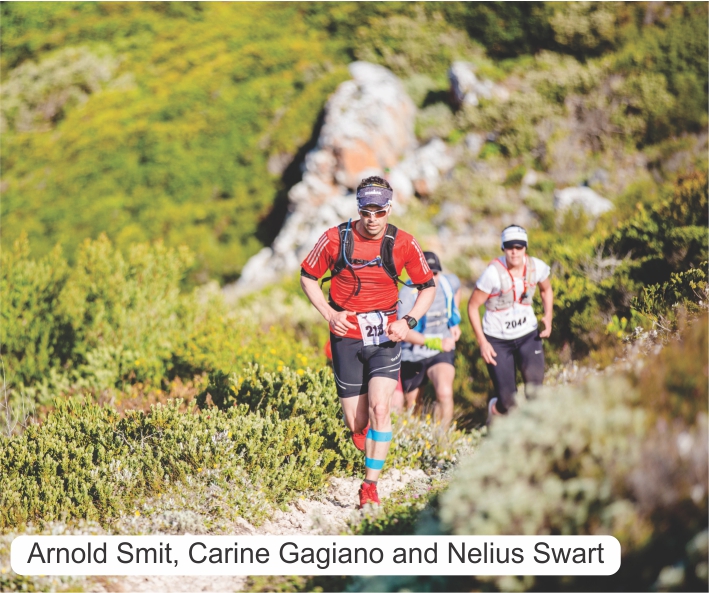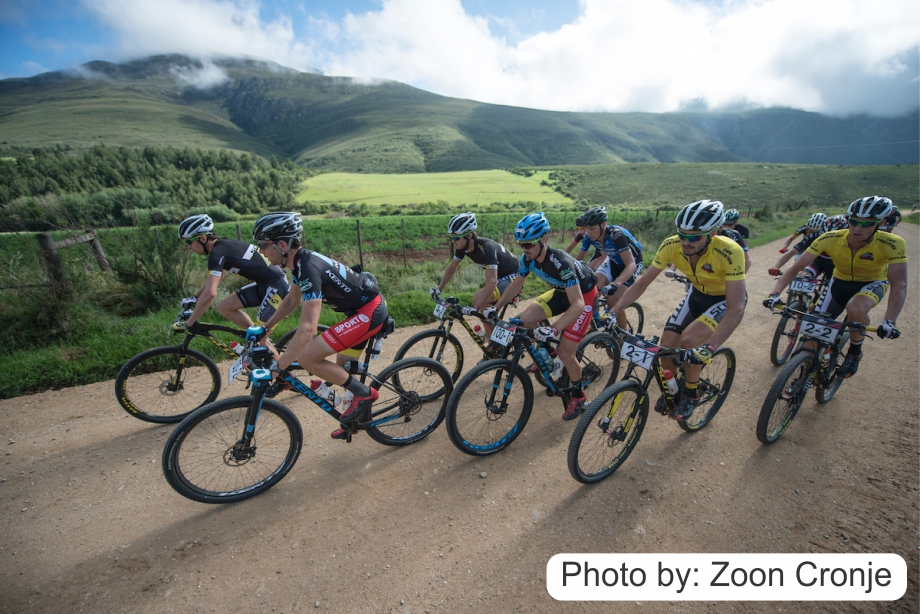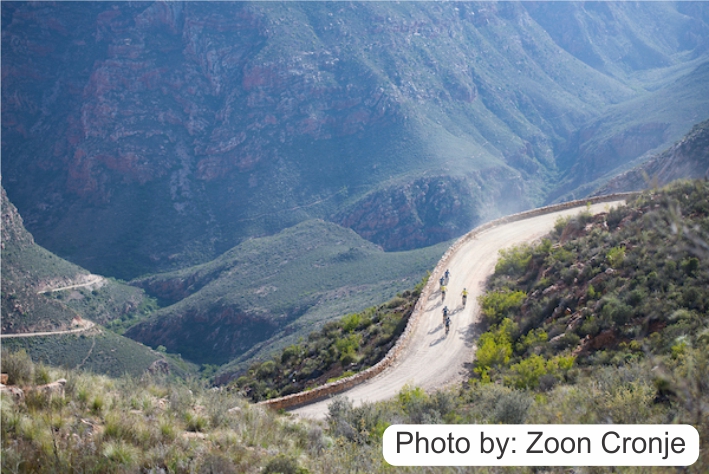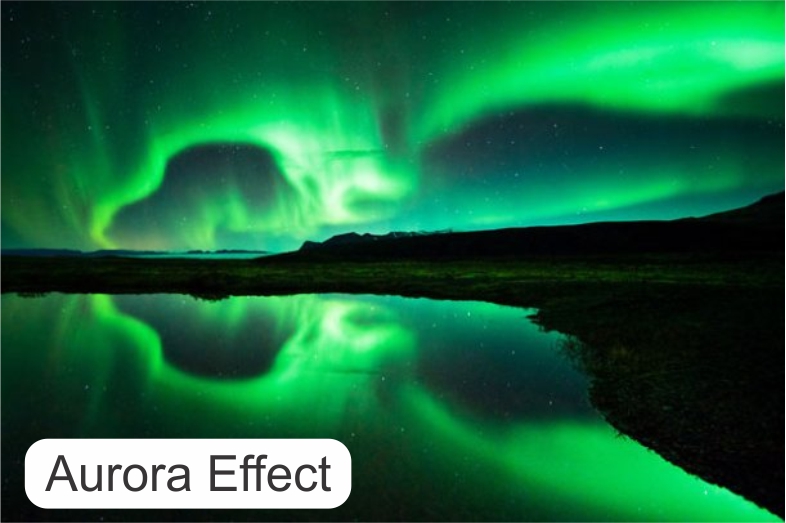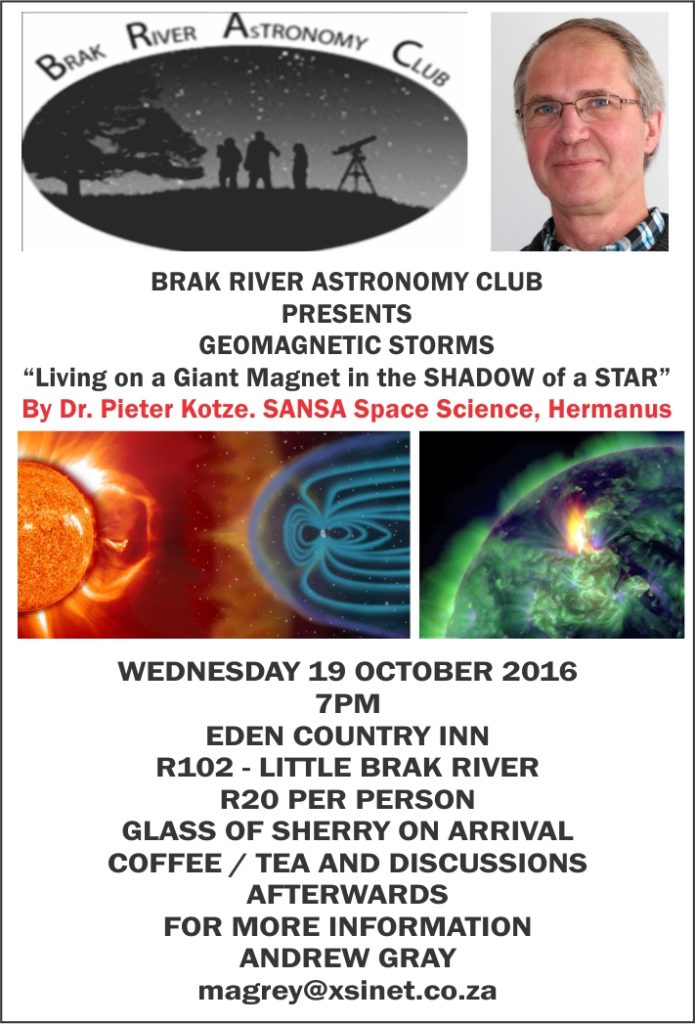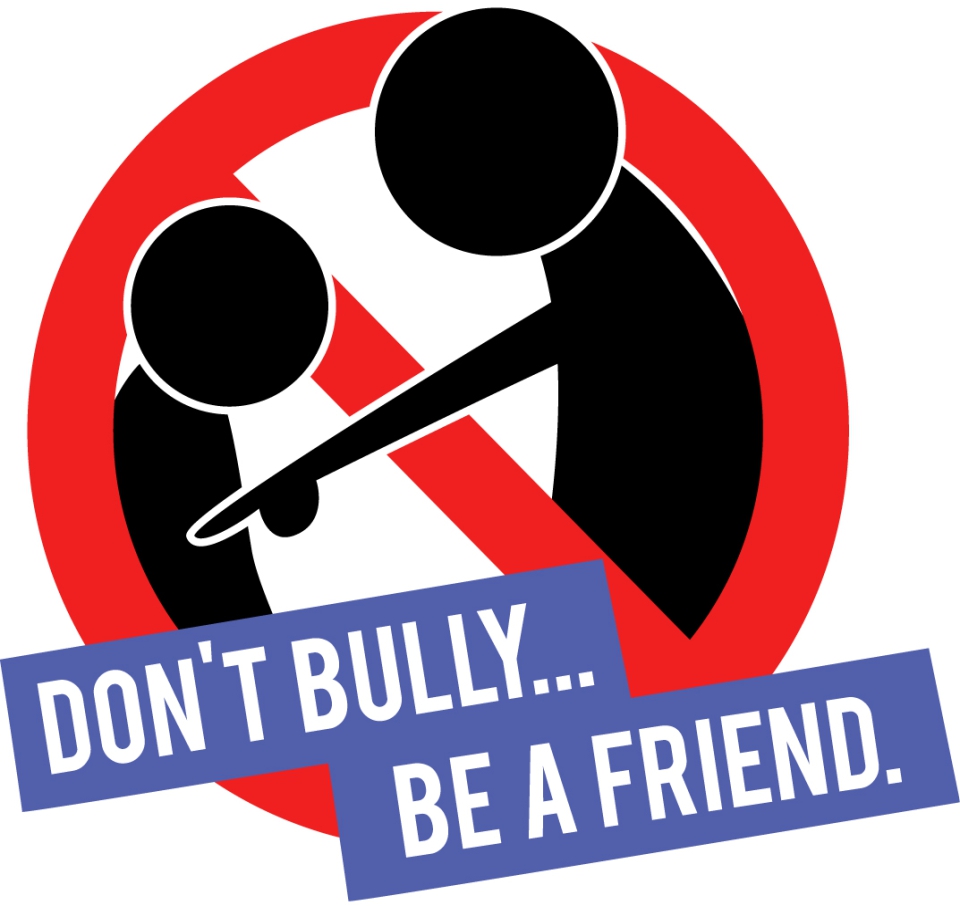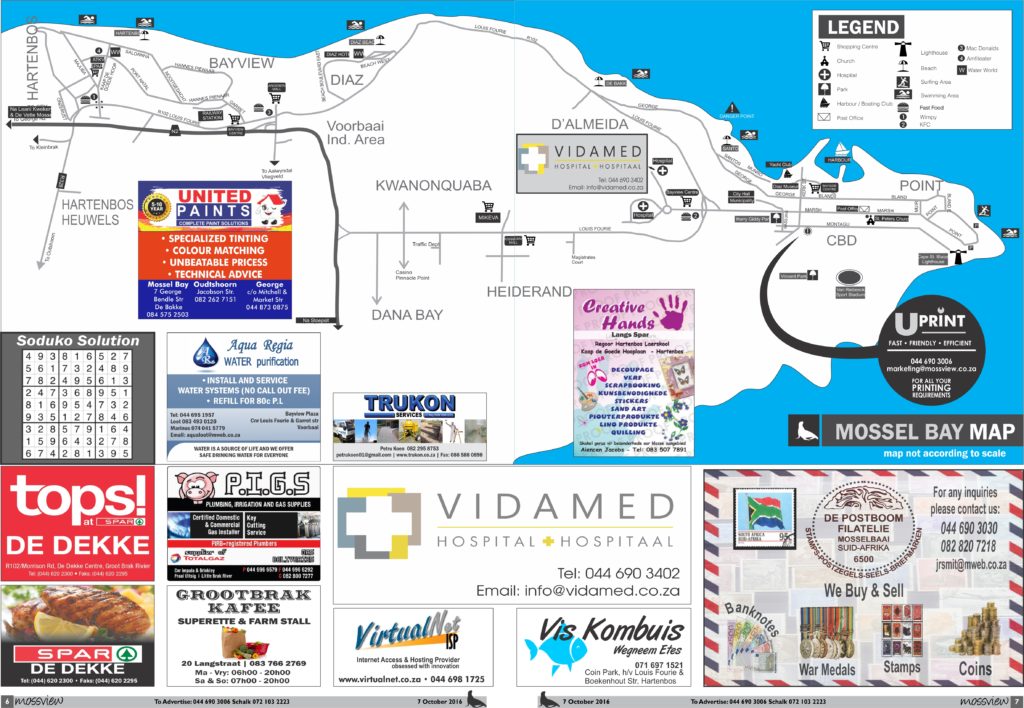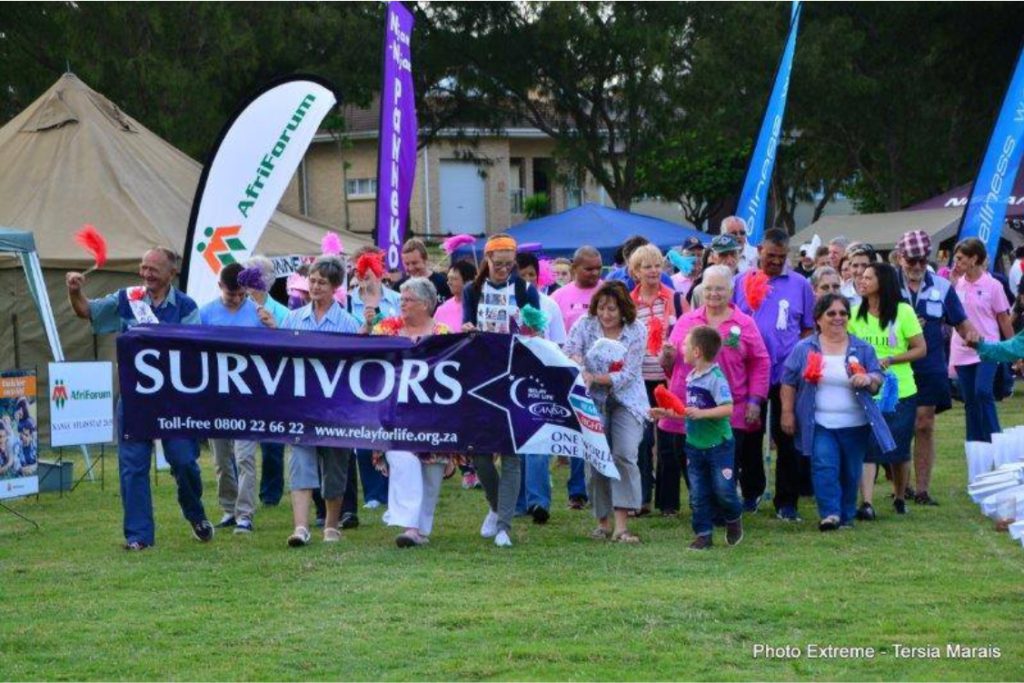
CANSA Relay For Life Mossel Bay is counting off the days before the yearly Relay Event, to take place this year on 5 and 6 November at the ATKV Amphi Theatre. Teams are welcome to join in the fun by registering their teams, consisting of 10 to 15 members at R600 per team.
Relay For Life is one of the most exciting events globally. CANSA is proud to be one of 23 countries participating in this wonderful international initiative to fight cancer.
This year, chairing the Relay For Life Mossel Bay for the 8th year, Freddie Fauls invite all to participate in his years’ event. We will be offering everyone in our community to participate in the fight against cancer, presenting the hope that those lost to cancer will never be forgotten, that those facing cancer will be supported and that one day cancer will be overcome.
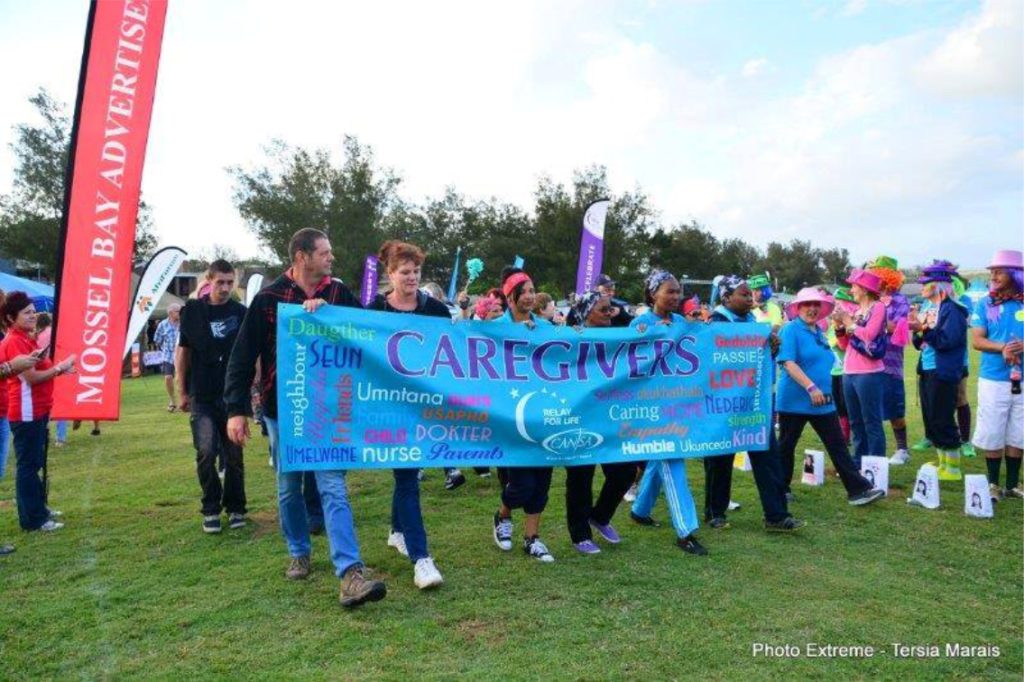
At Relay For Life, team members take turns to walk or run around a track for 12 hours. Participants enjoy camping-out, entertainment, good food, games and community camaraderie. People who join, all share a common purpose – their desire to fight cancer and to support CANSA in its work.
Relay For Life is a celebration of life for cancer survivors, an opportunity to remember the precious moments of loved ones lost to cancer a community joining forces to fight cancer, an excuse to stay up all night and celebrate life with family and friends.
All teams are welcome to join and team registration herewith officially are declared open for 2016/17 in the Republic of Relay For Life.
For all inquiries, contact Freddie Fauls on 0835602457 or email on fauls@lantic.net or contact Lucinda Viljoen on 0826633529 or Lucinda@cansa.org.za.


